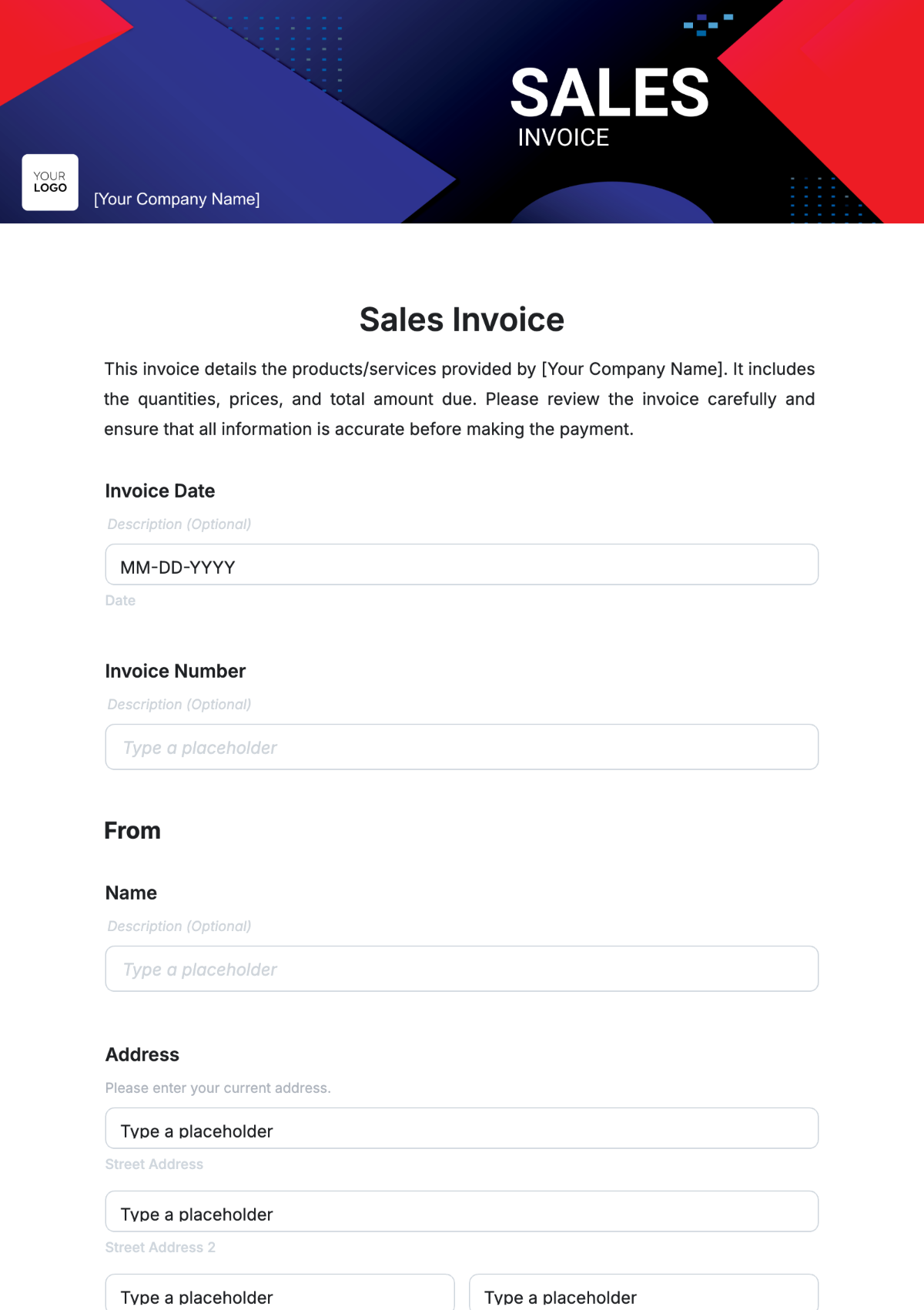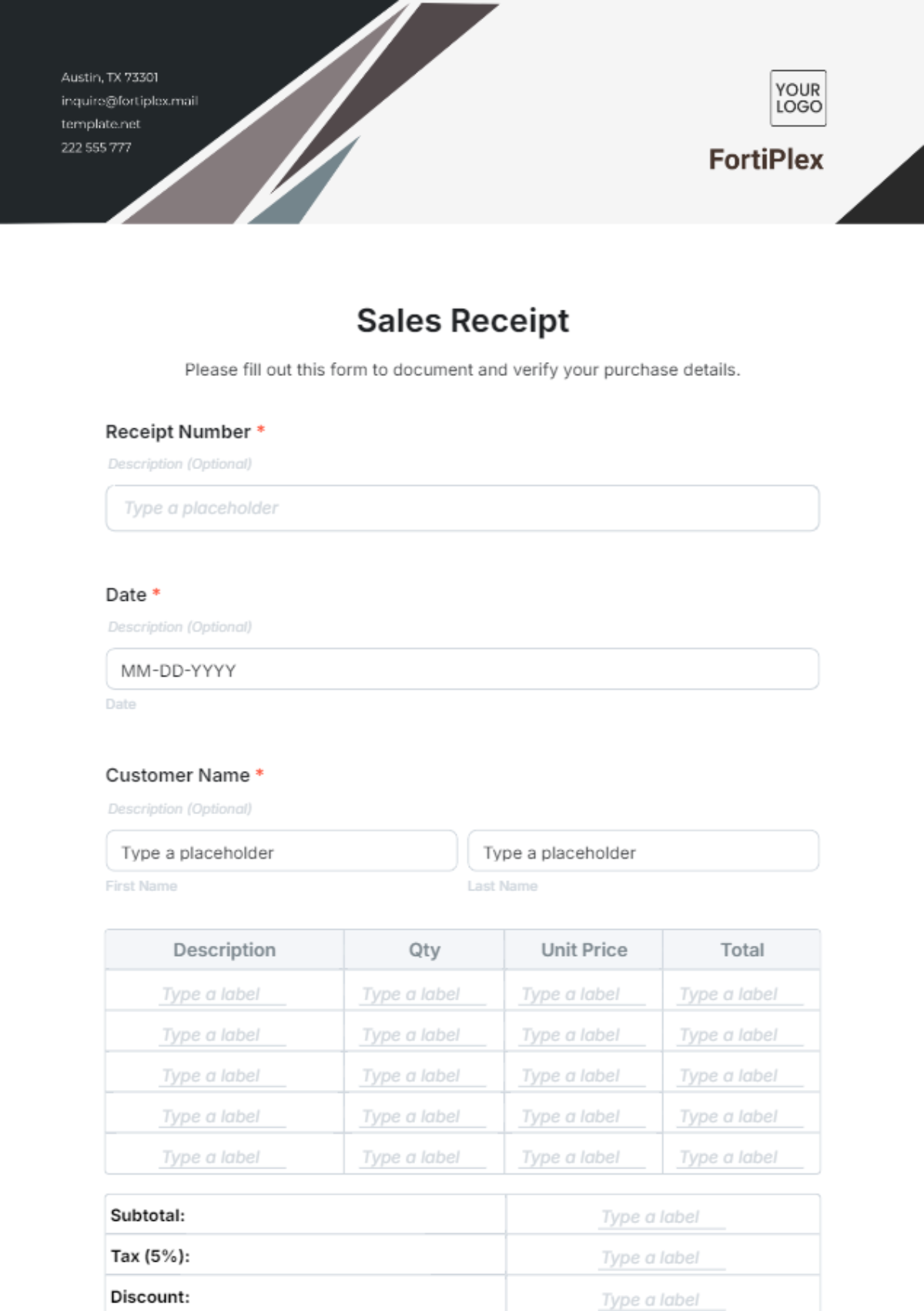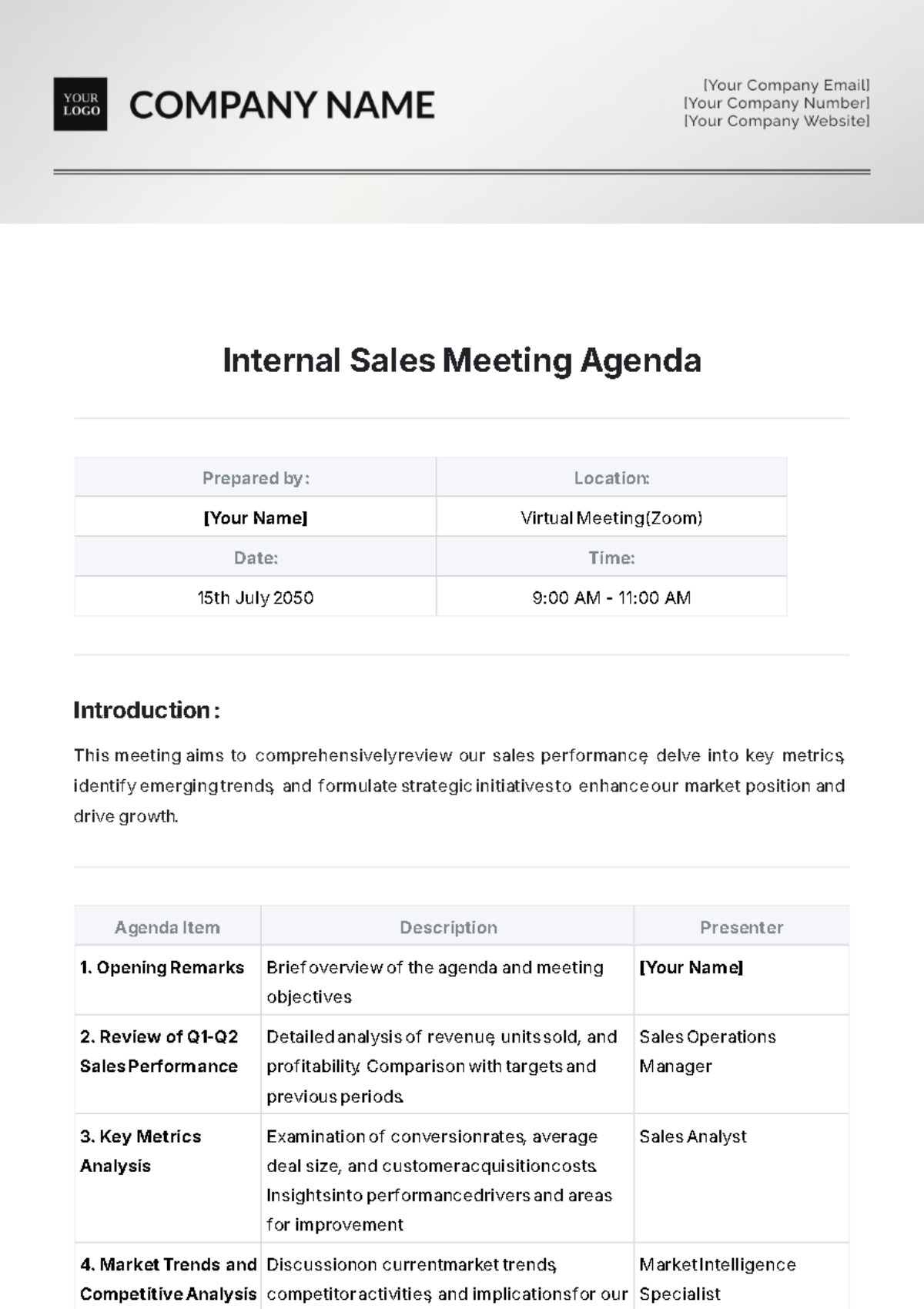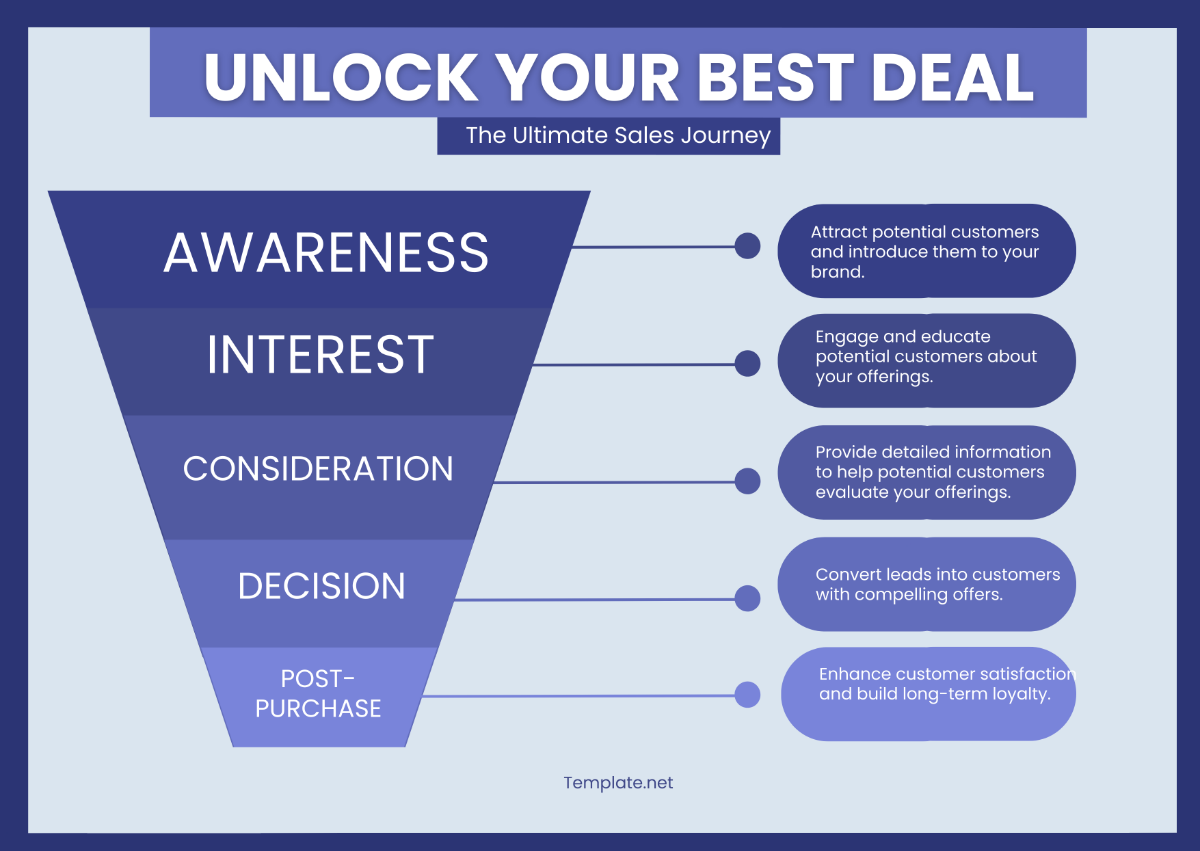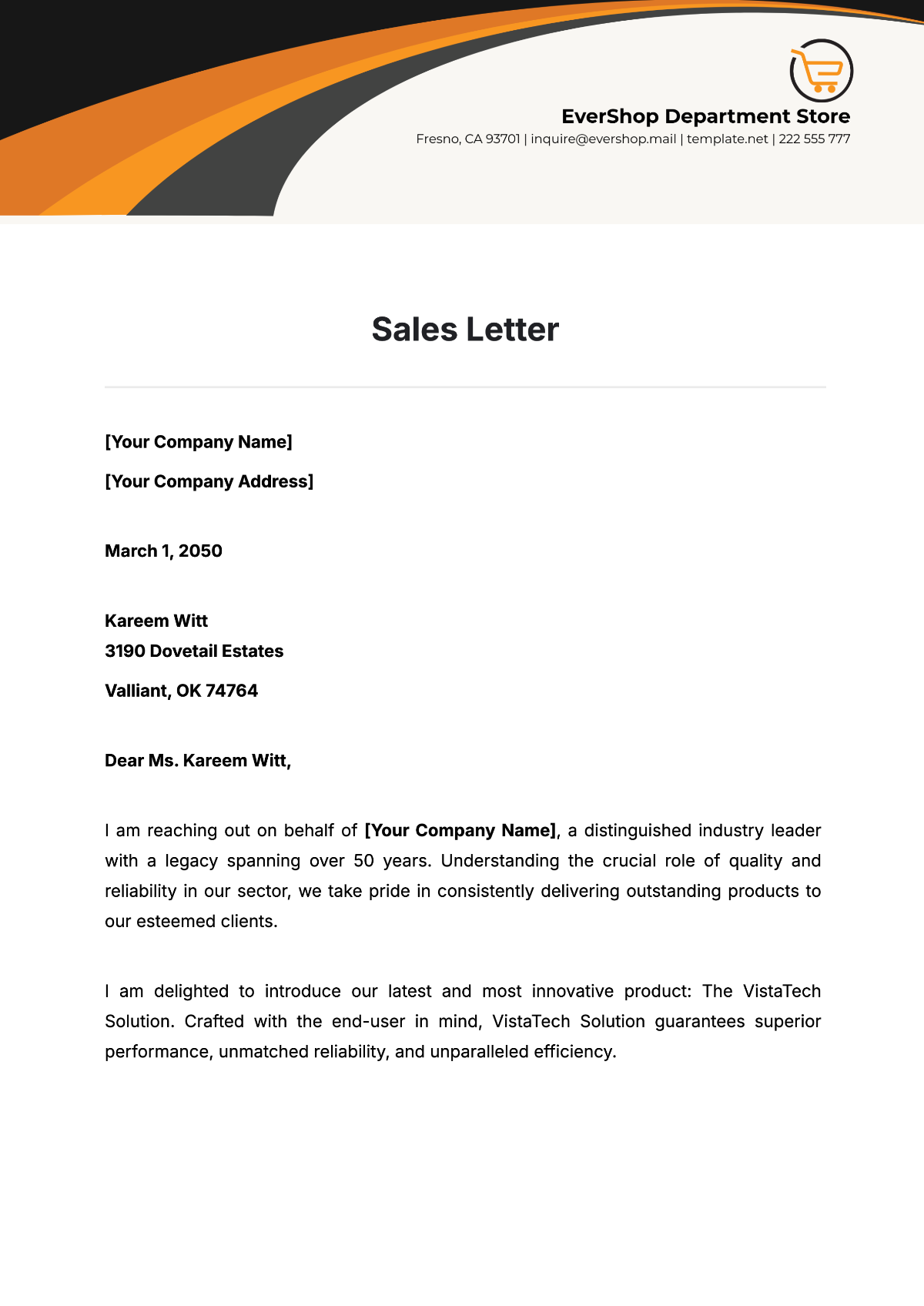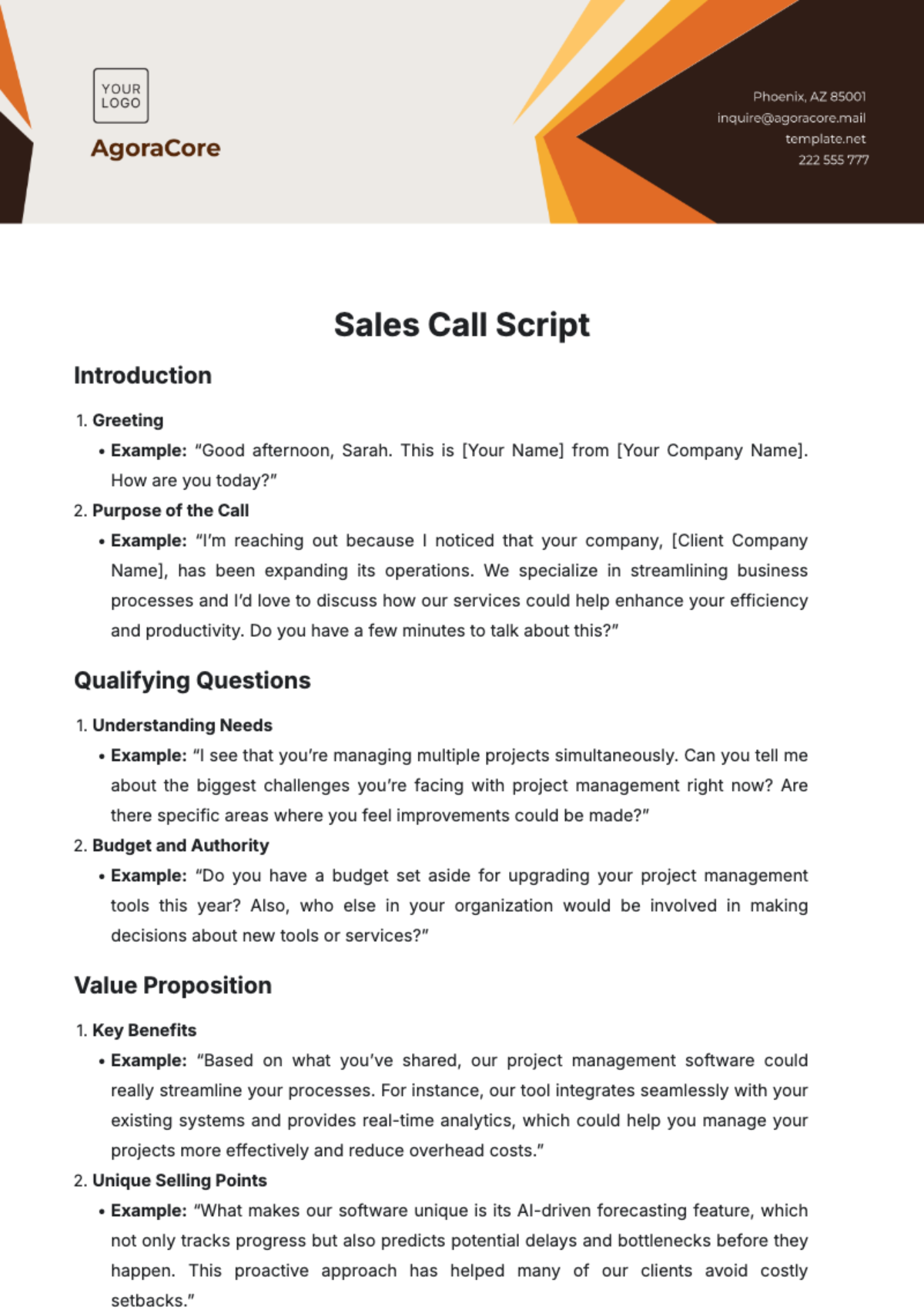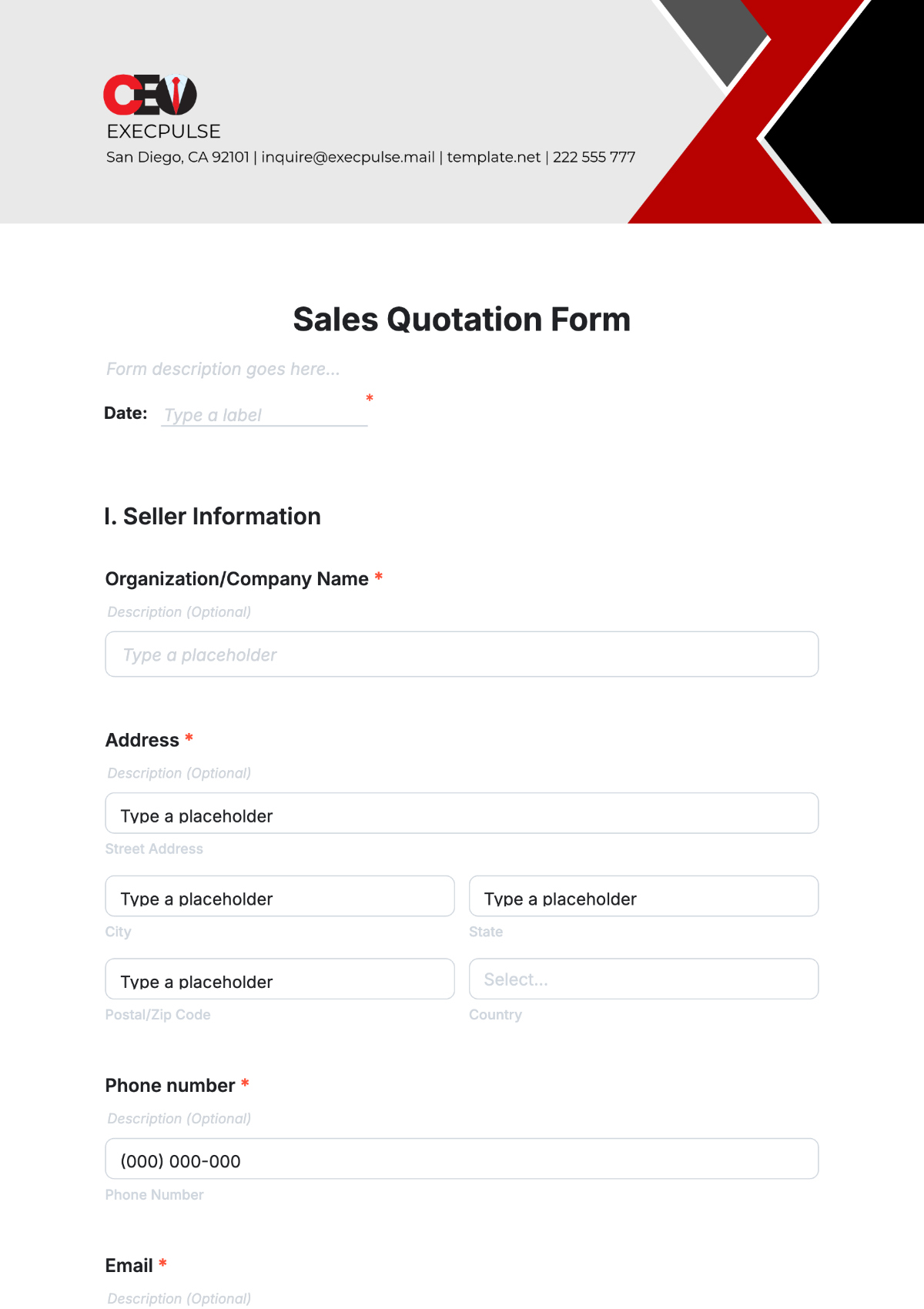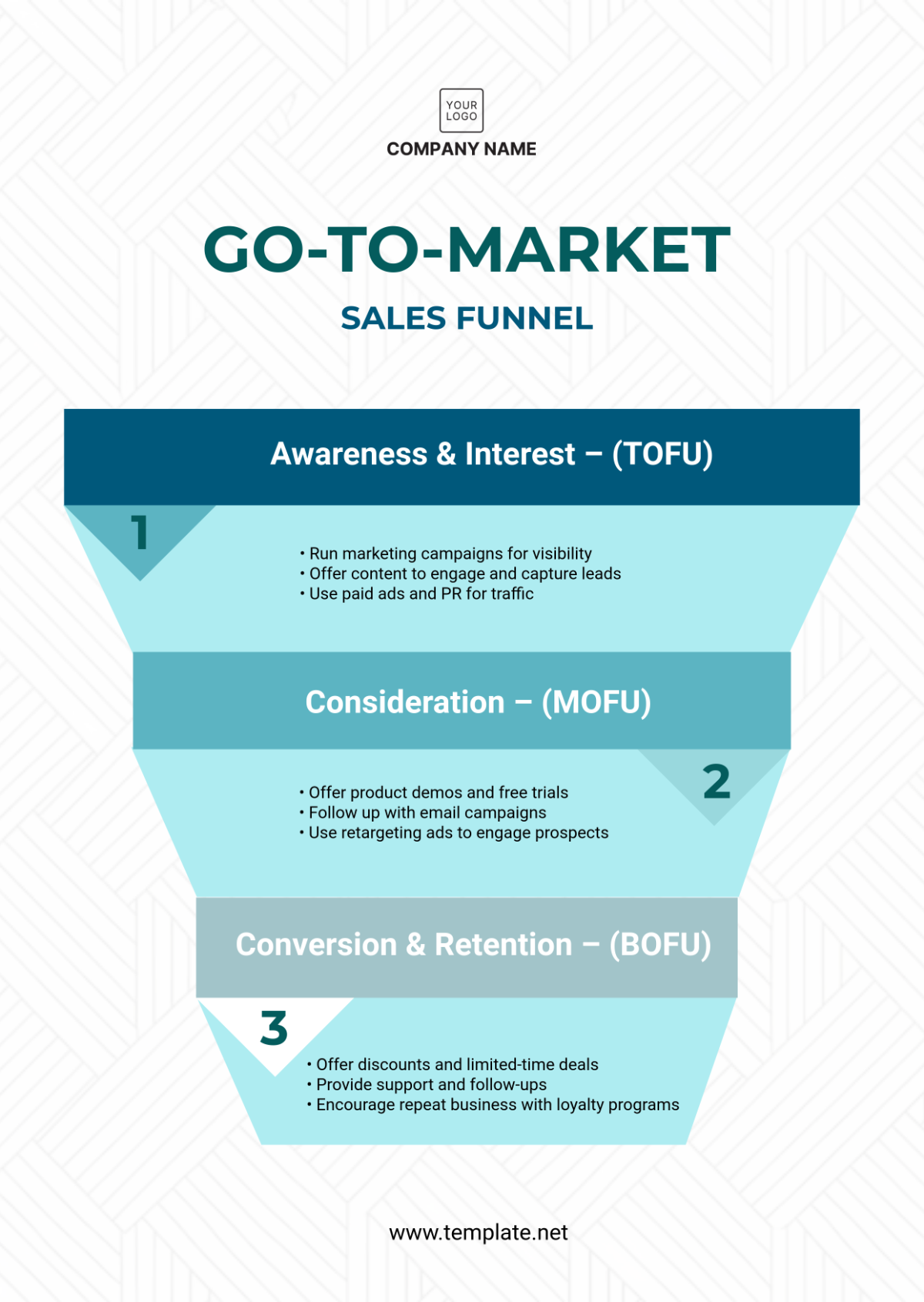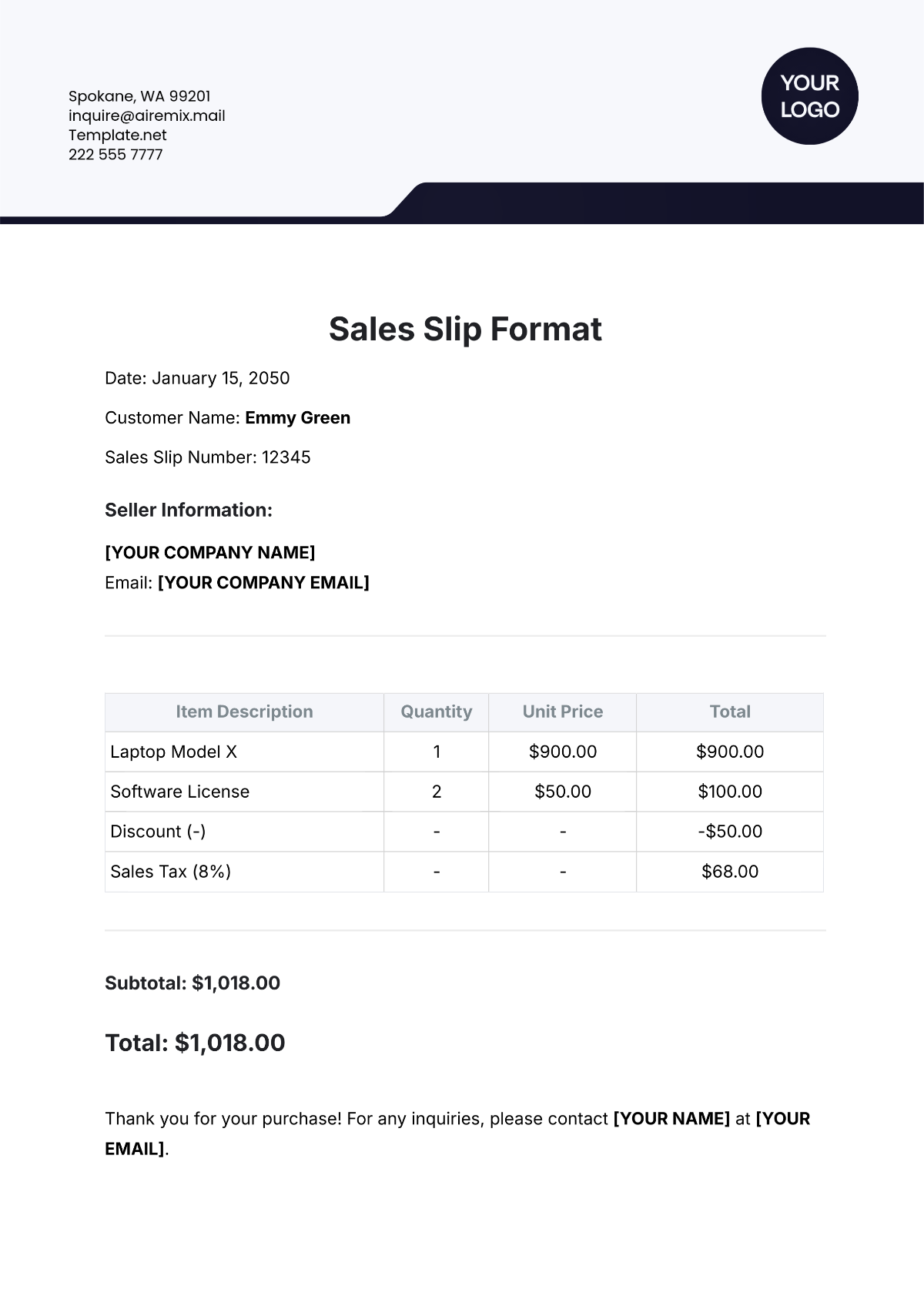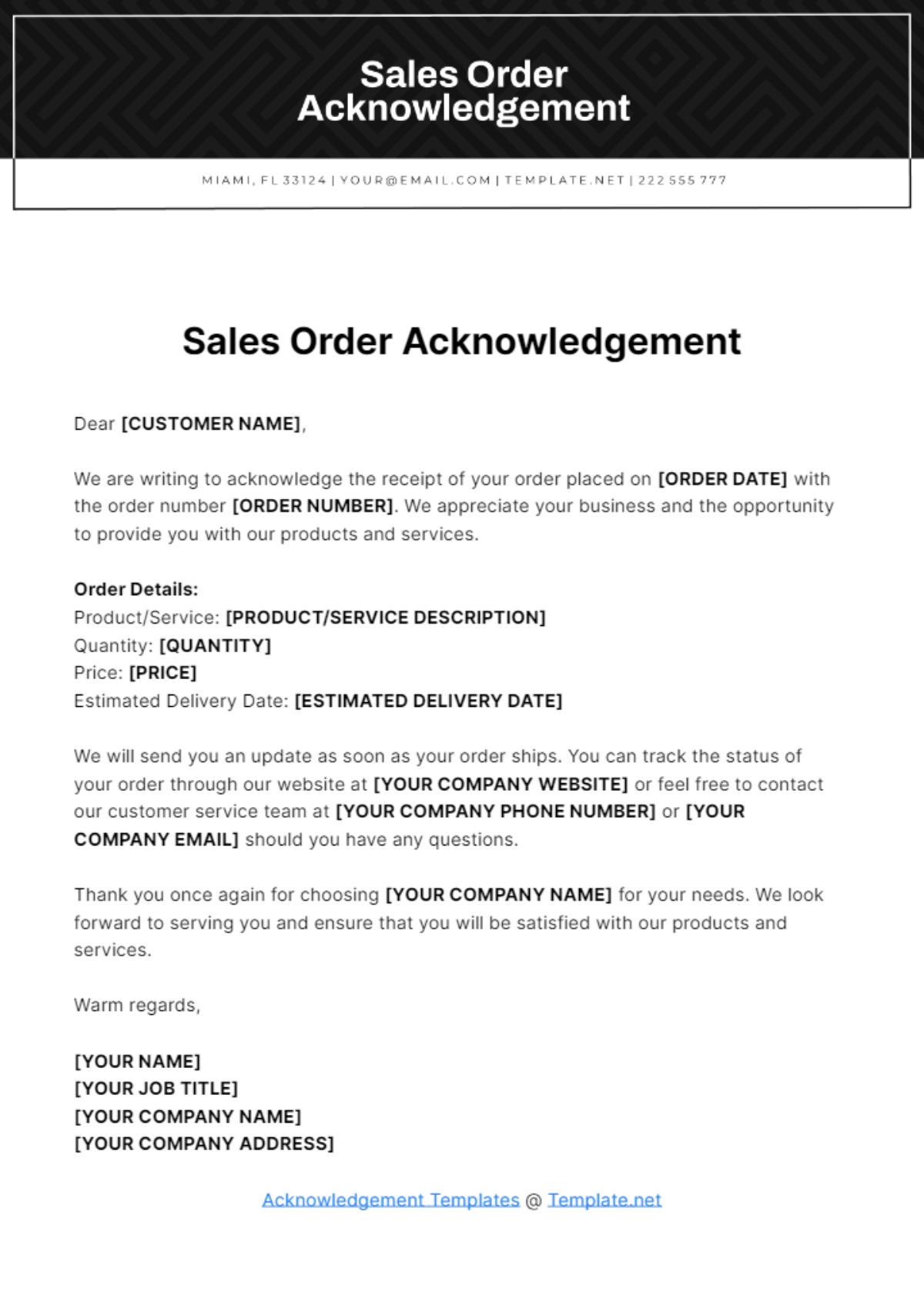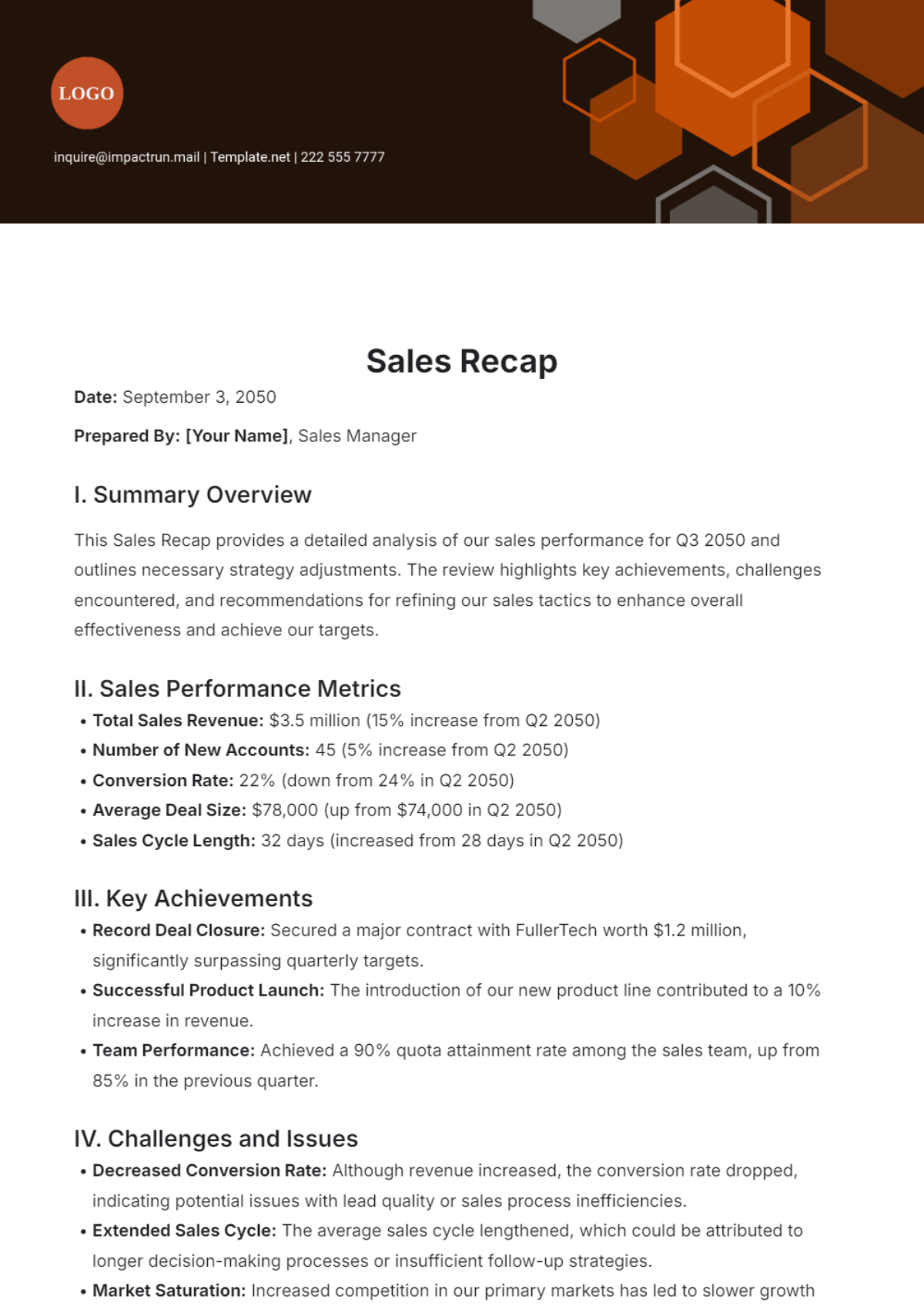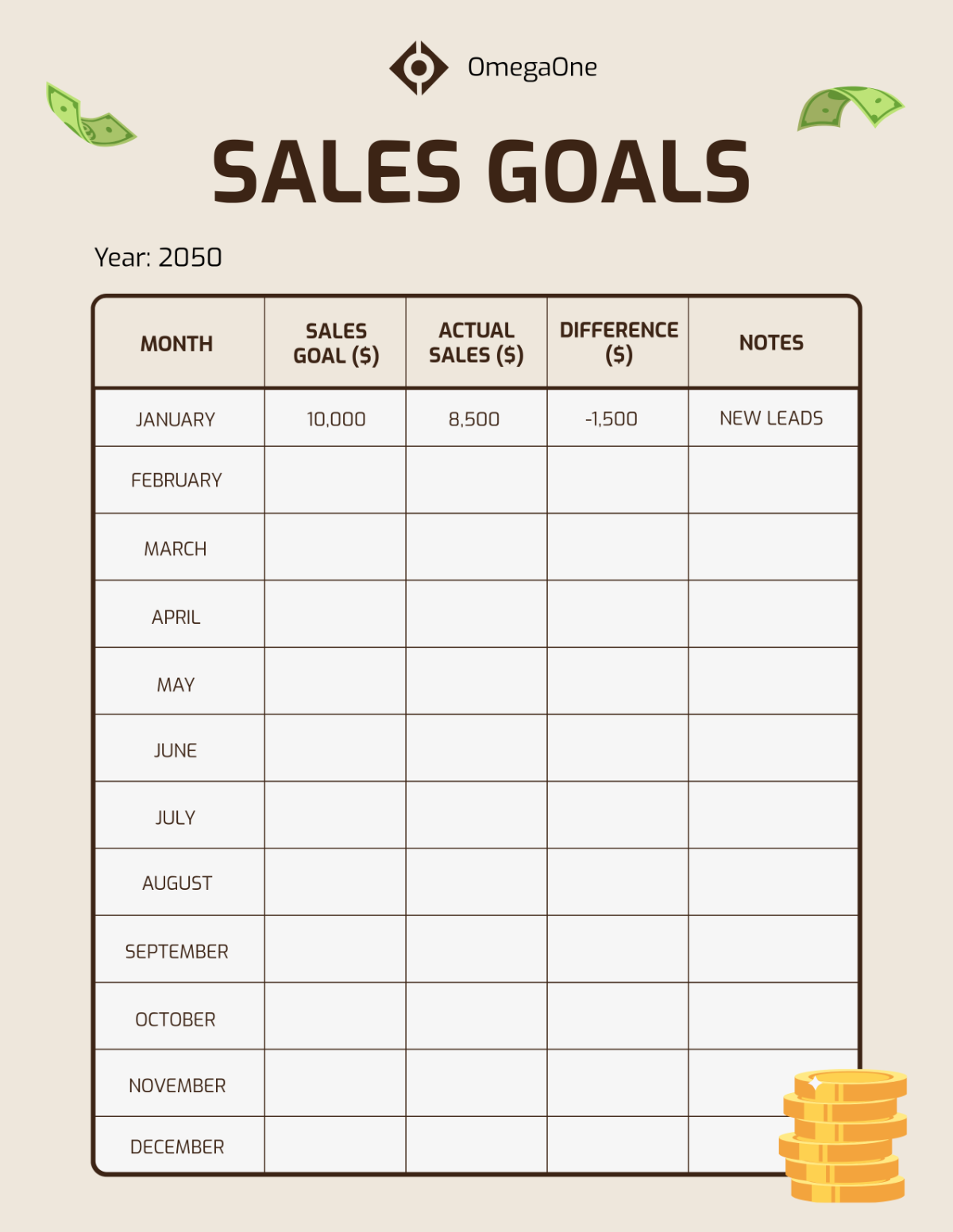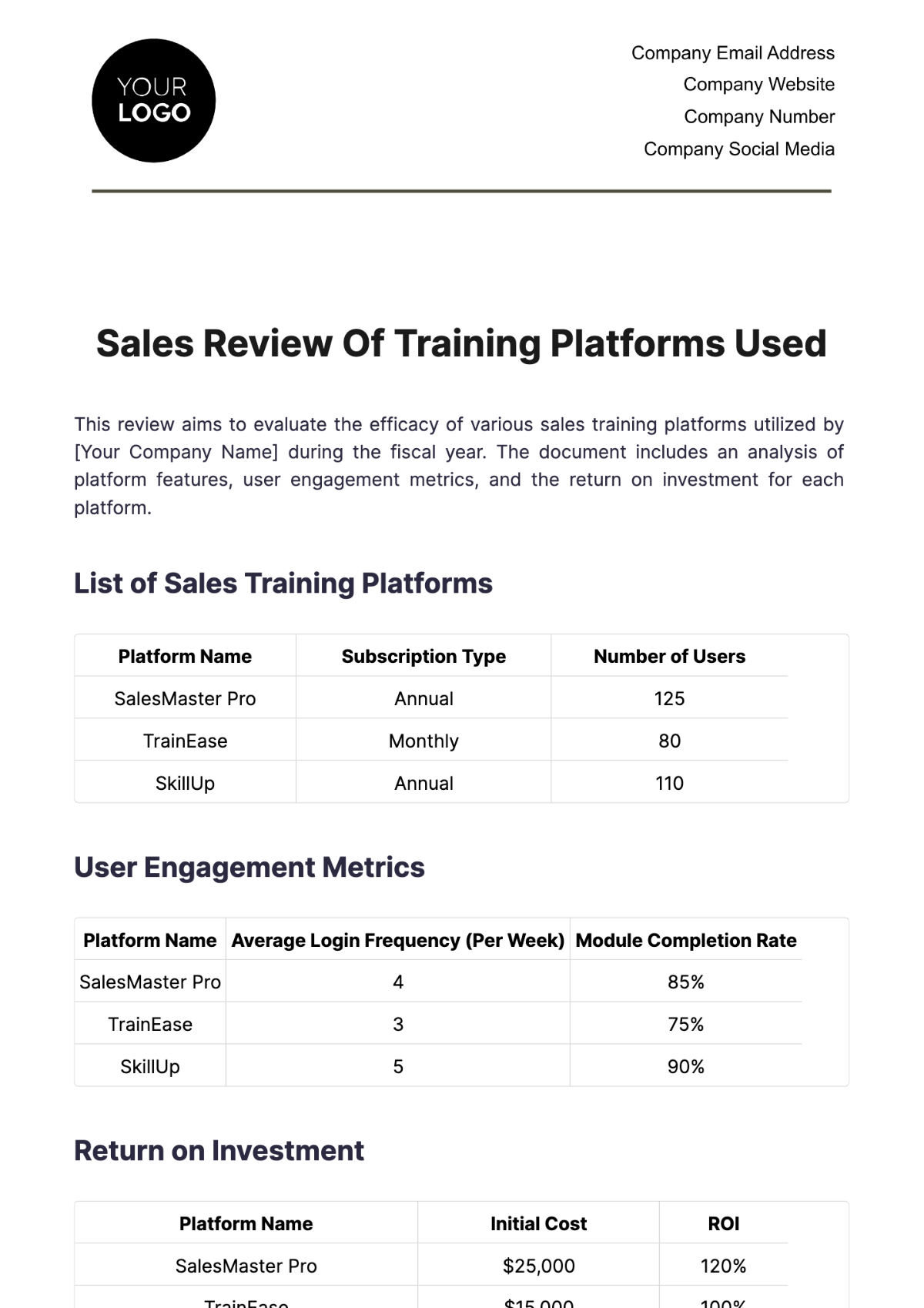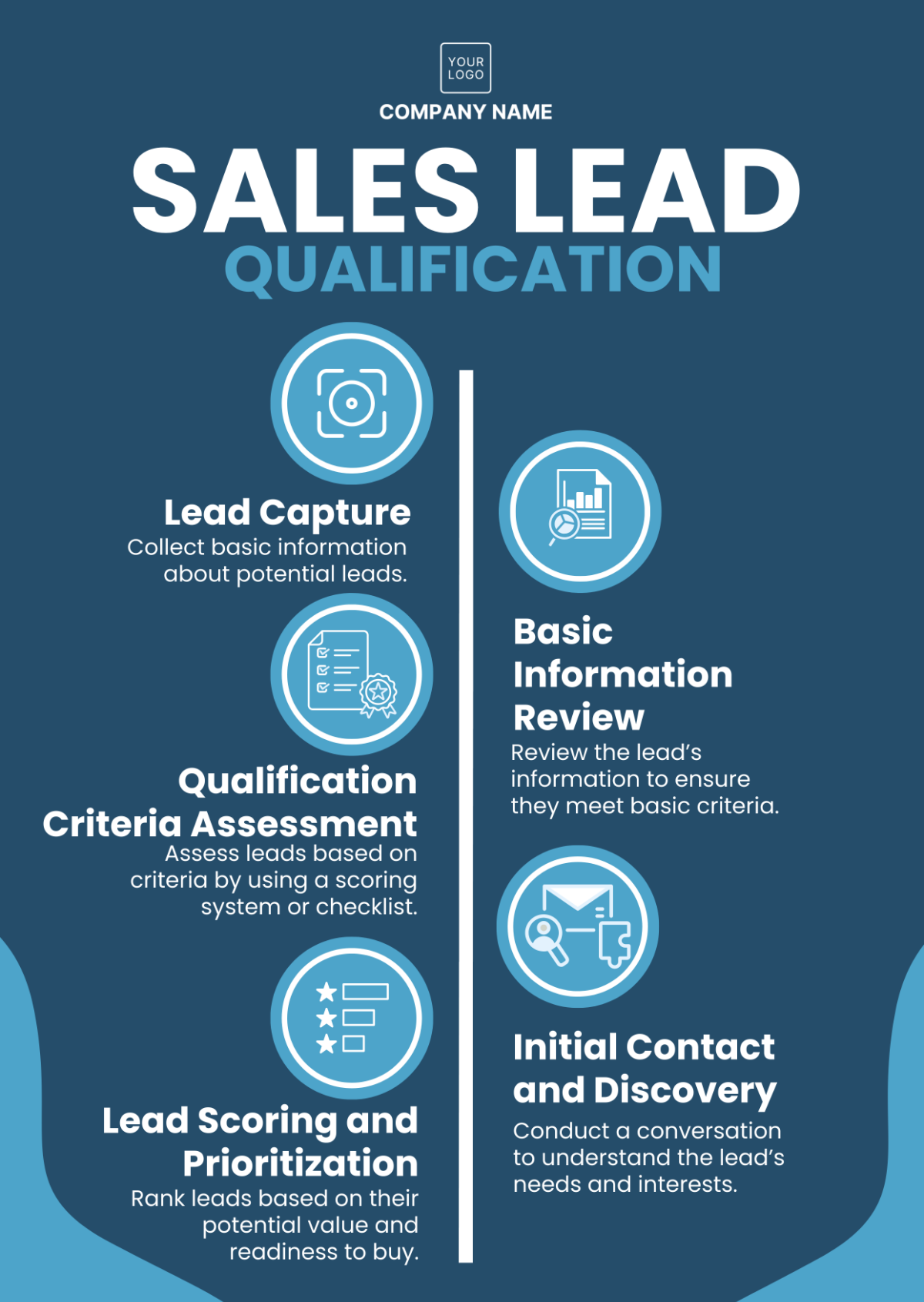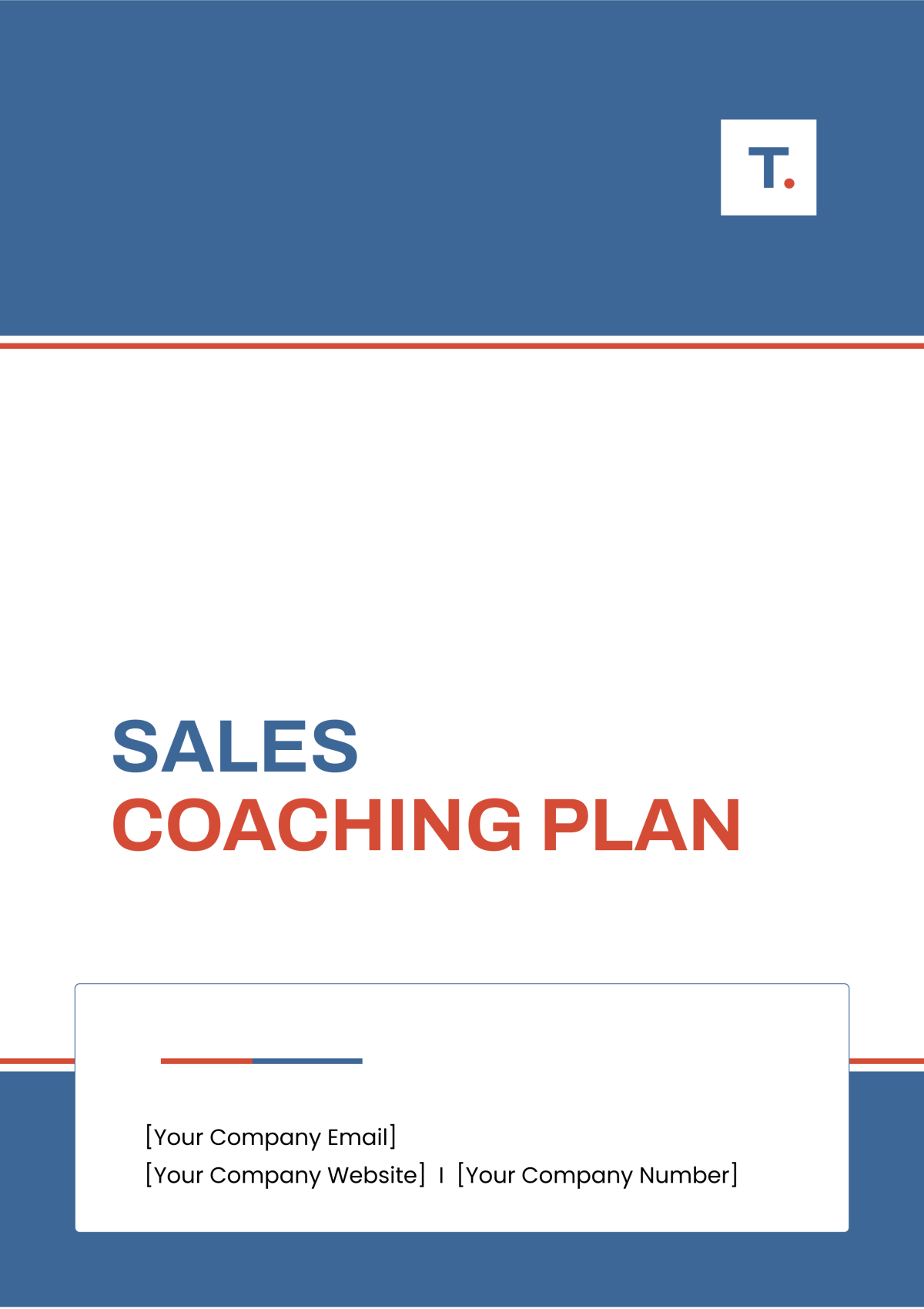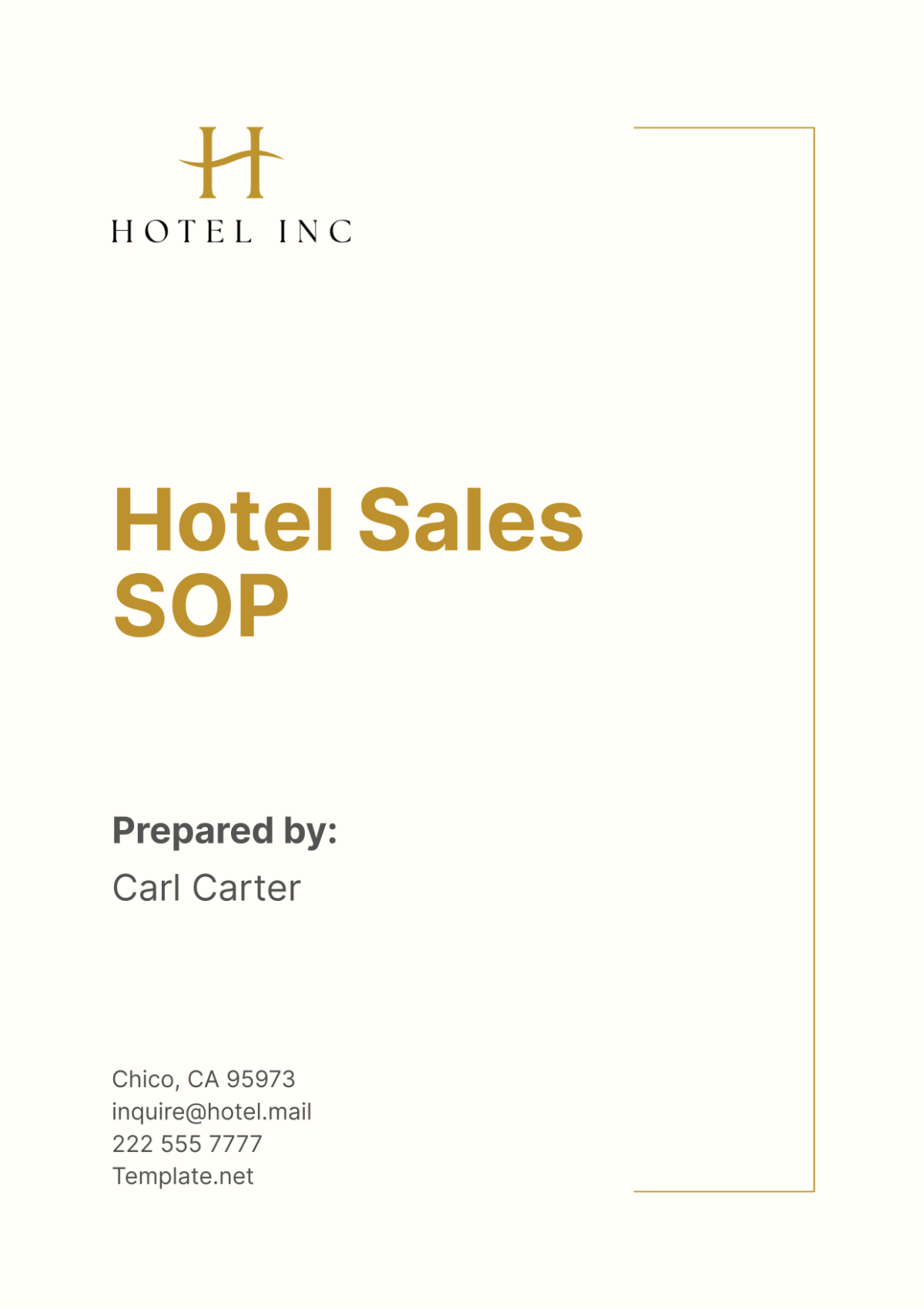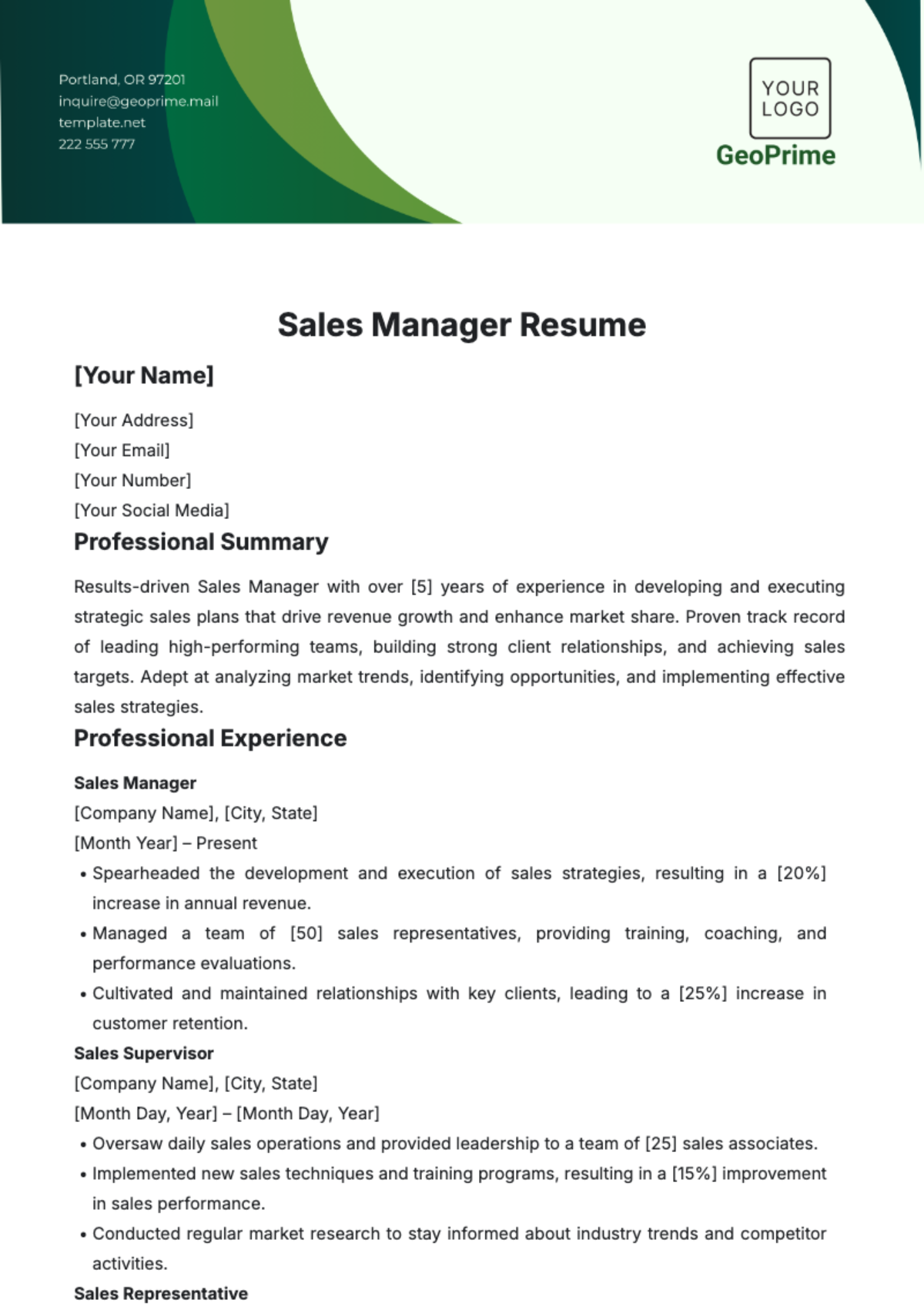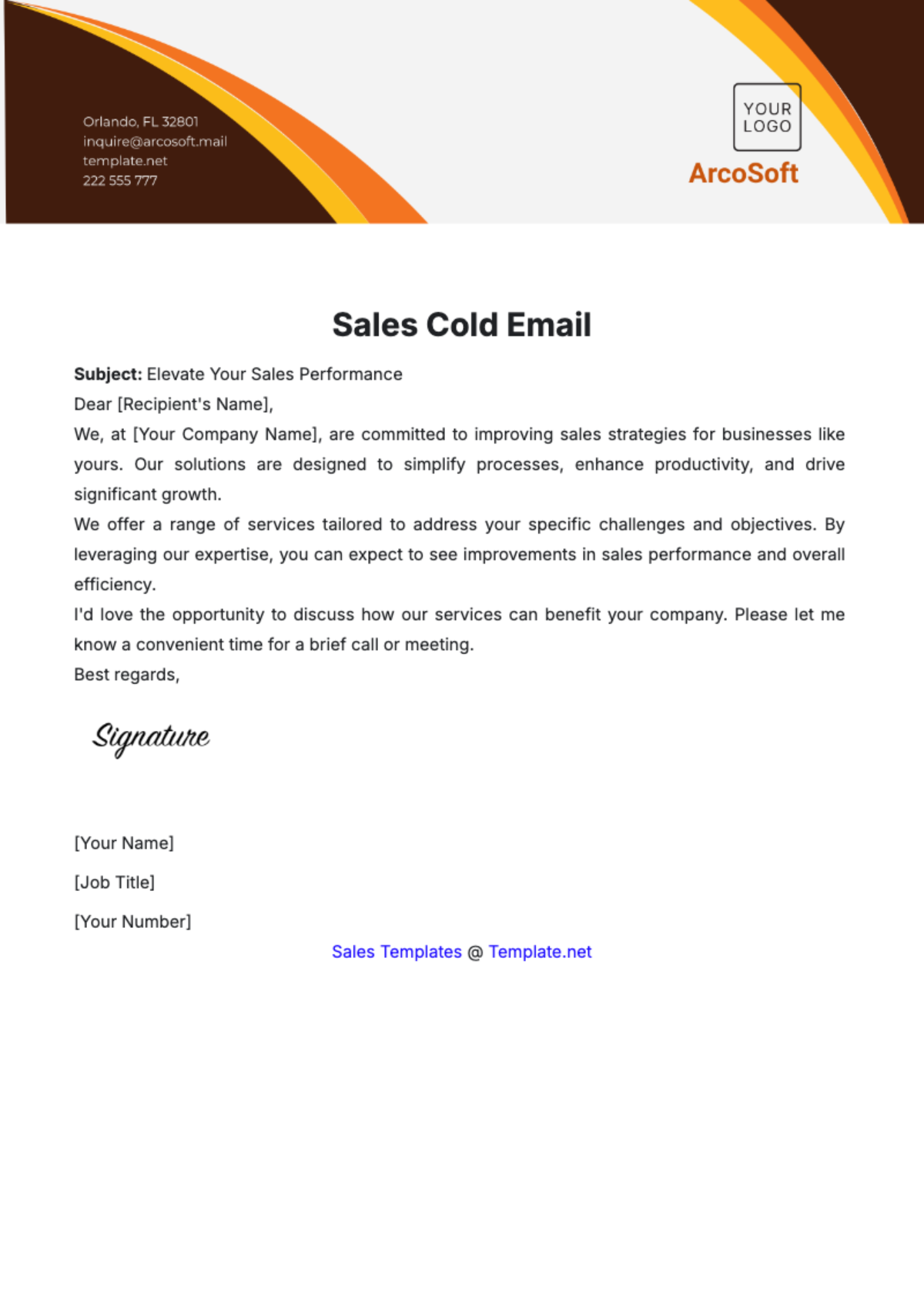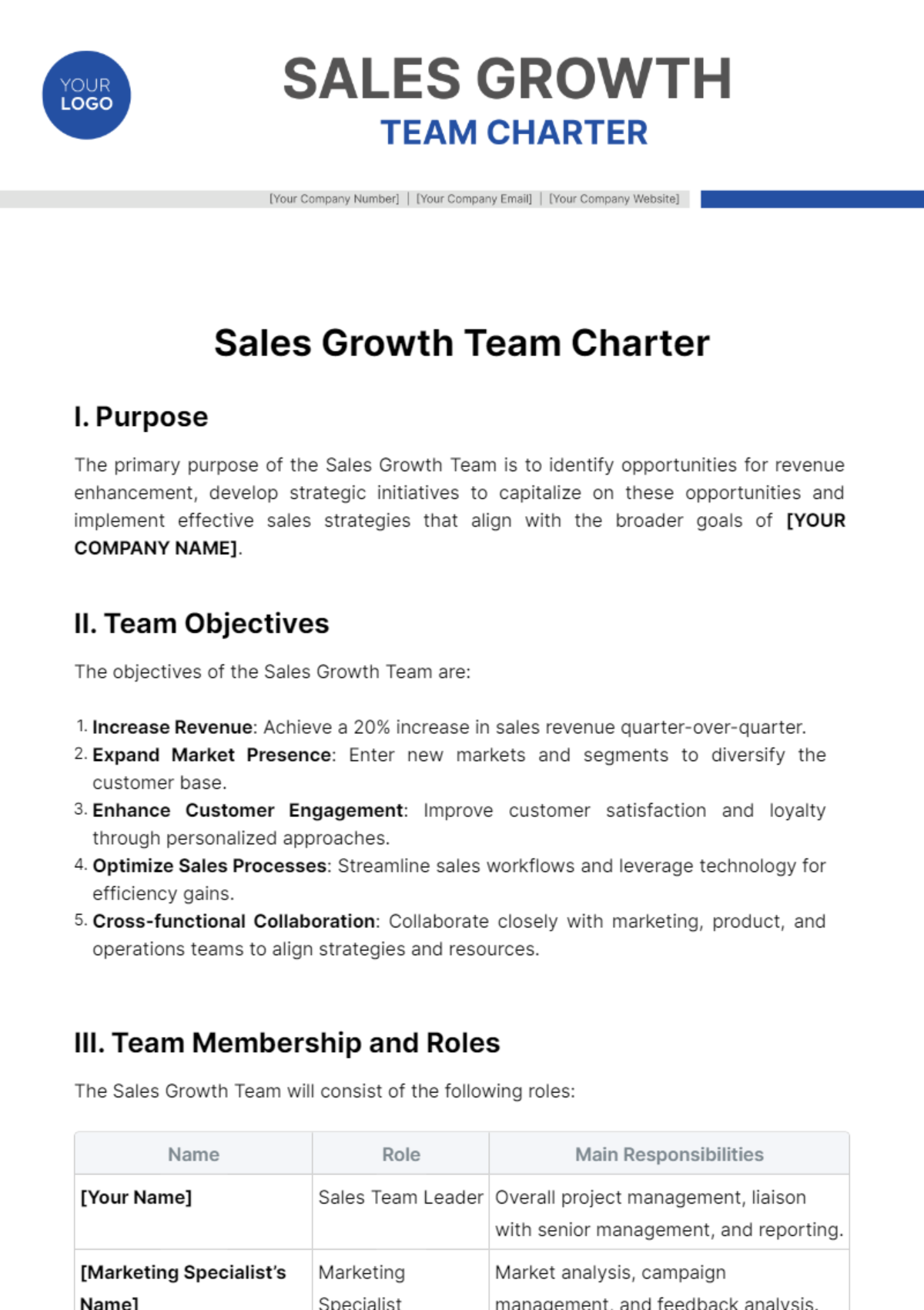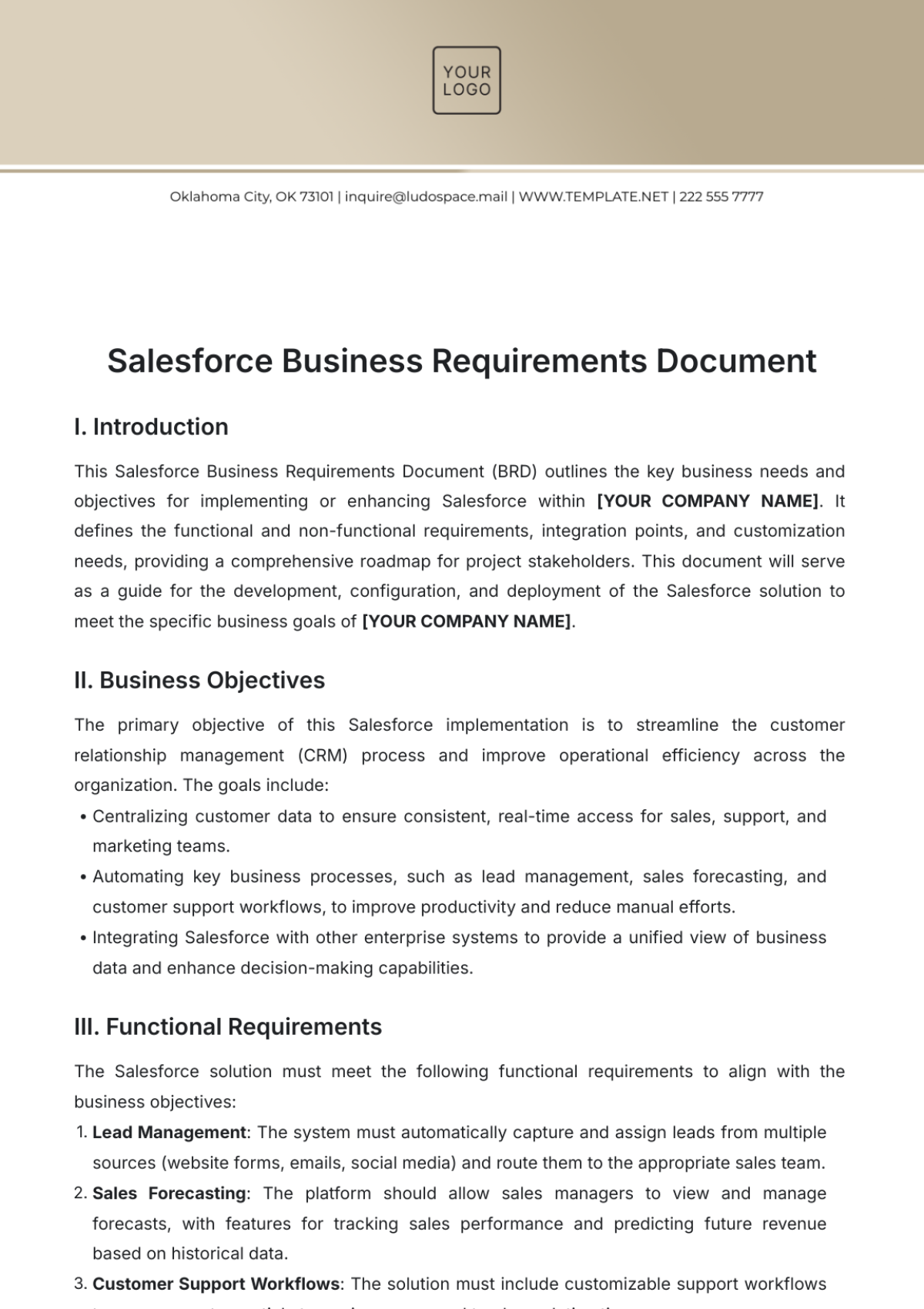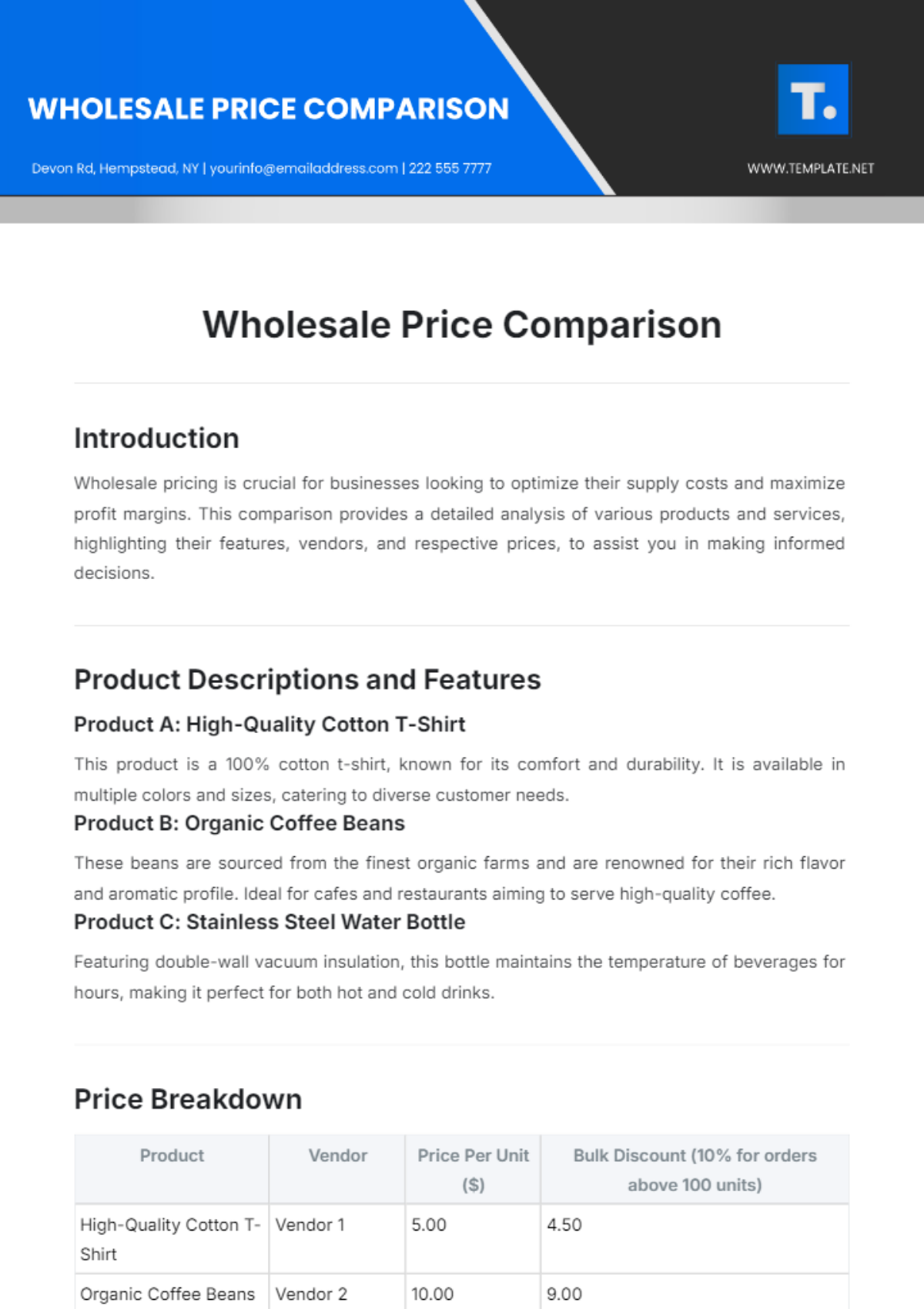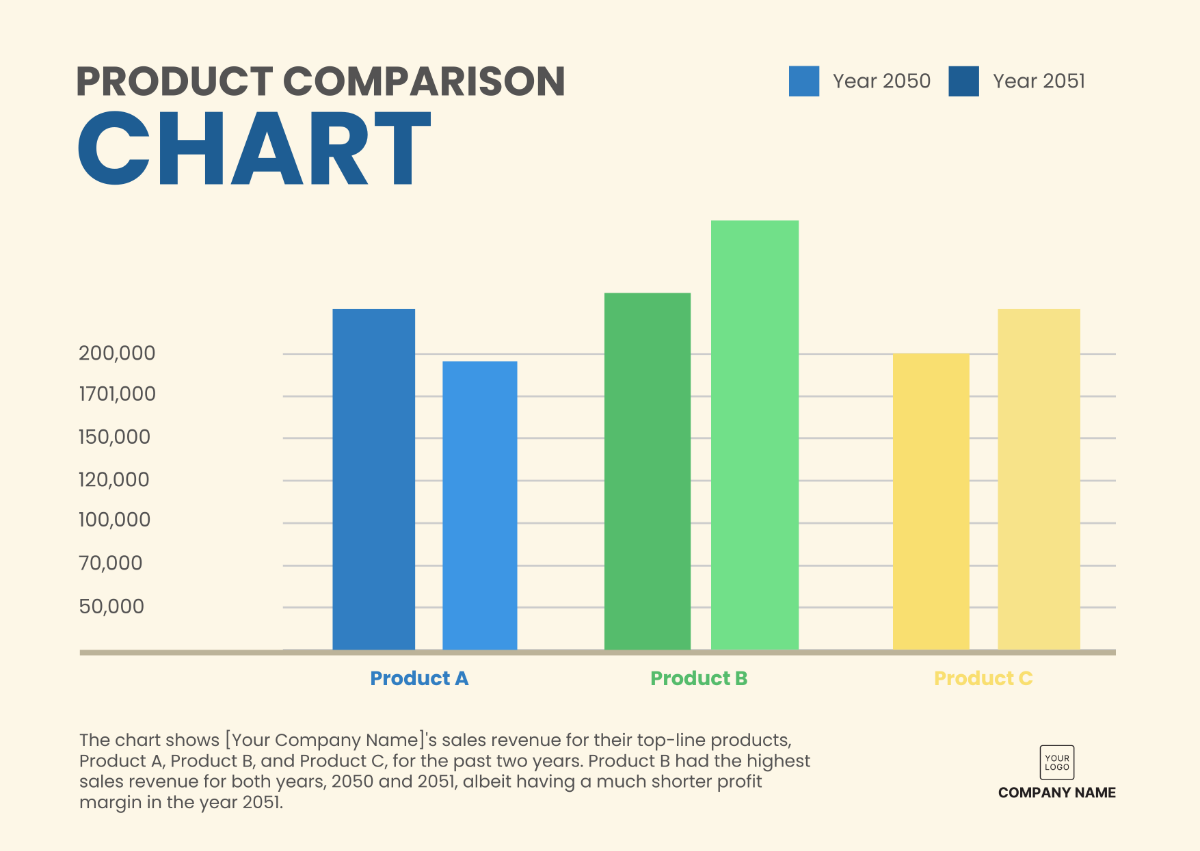Sales Collateral Development Curriculum
I. Introduction to Sales Collateral
In this section, participants will delve into the world of sales collateral, gaining a deep understanding of its significance in modern sales strategies. Sales collateral is a collection of materials that empower sales professionals to communicate and engage with potential customers effectively.
Throughout the curriculum, participants will explore various types of sales collateral, including brochures, case studies, presentations, and whitepapers, discovering how each serves as a valuable tool within the sales process.
II. Identifying Sales Collateral Needs
Effective sales collateral development begins with a comprehensive understanding of the sales cycle and the specific requirements at each stage. This section will guide participants through the process of assessing the sales cycle, enabling them to pinpoint critical touchpoints where tailored sales collateral can make a significant impact. Additionally, participants will learn the art of conducting a thorough target audience analysis.
By understanding the demographics and preferences of the target audience, participants will become skilled in crafting collateral materials that truly resonate with potential customers.
III. Content Creation
A. Compelling Written Content
In this subsection, participants will delve into the intricacies of creating persuasive written content. They will explore content development best practices, with a focus on:
Structure and Organization
Understanding the importance of a well-structured collateral content.
Learning techniques for organizing information effectively.
Tone and Style
Crafting content with an appropriate tone and style that resonates with the target audience.
Adapting tone and style to suit different collateral materials.
Visual Design Principles
Recognizing the significance of visual design in written content.
Incorporating visual elements to enhance content appeal.
B. The Art of Storytelling
Storytelling is a powerful tool in sales, and this subsection will guide participants in mastering the art of storytelling within sales collateral. They will learn:
Weaving Engaging Narratives
Techniques for creating compelling narratives that captivate the audience.
Establishing an emotional connection with potential customers through storytelling.
Impactful Content
How to make content more impactful through storytelling.
Elevating the effectiveness of collateral materials by leveraging narrative techniques.
IV. Collateral Creation Tools
A. Graphic Design Software
Participants will explore the tools and software essential for bringing their creative visions to life in sales collateral. This section will provide an introduction to graphic design software such as Adobe InDesign, equipping participants with the skills to design visually stunning collateral. Topics covered include:
Adobe InDesign Basics
An introduction to Adobe InDesign for professional design.
Practical skills for creating visually appealing collateral.
User-Friendly Design Platforms
Exploring user-friendly design platforms like Adobe.
Leveraging user-friendly tools for efficient collateral creation.
B. Presentation Software
Effective use of presentation software is a critical aspect of crafting compelling sales materials. Participants will delve into the strategic utilization of presentation software, including PowerPoint. Topics in this subsection encompass:
PowerPoint Mastery
Developing expertise in using PowerPoint for sales collateral.
Crafting visually engaging and informative presentations.
Enhancing Presentation Impact
Strategies for enhancing the impact of sales presentations.
Ensuring that presentation content aligns with the collateral's overall message and goals.
V. Review and Approval Process
A. Proofreading and Editing
In this subsection, participants will delve into the meticulous process of proofreading and editing, ensuring that sales collateral maintains the highest standards of accuracy and polish. The topics to be covered include:
The Art of Proofreading
Exploring the essential techniques for thorough proofreading.
Focusing on grammar, spelling, punctuation, and overall content refinement.
Editing for Clarity and Consistency
Understanding the role of editing in enhancing the clarity of collateral.
Ensuring consistent messaging and branding.
Error-Free Content
Emphasizing the importance of error-free content in sales collateral.
Developing a keen eye for identifying and rectifying mistakes.
B. Legal and Compliance Review
Participants will gain insights into the critical process of legal and compliance review for sales collateral. The sub-section will emphasize:
Regulatory Adherence
Exploring the various regulations that impact sales collateral.
Ensuring that collateral complies with industry-specific, national, and international regulations.
Transparent Information
Focusing on the necessity of transparent and accurate information.
Avoiding false or misleading claims in collateral materials.
Risk Mitigation
Understanding the role of legal and compliance review in risk mitigation.
Minimizing legal exposure and potential liabilities.
VI. Distribution and Accessibility
A. Choosing the Right Format
This part of the sub-section focuses on understanding the dynamics between digital and print collateral. Participants will explore factors influencing the choice of format, enabling them to make informed decisions for various scenarios. Topics covered include:
Digital vs. Print
Evaluating the advantages and disadvantages of digital and print collateral.
Making informed decisions based on the target audience and objectives.
Format Customization
Tailoring collateral formats to specific marketing and sales campaigns.
Maximizing the impact of collateral by matching it to the context.
Multichannel Distribution
Exploring the benefits of multichannel distribution for broad reach.
Implementing strategies for simultaneously utilizing digital and print collateral.
B. Ensuring Accessibility
Ensuring that sales collateral is easily accessible is vital. Participants will gain insights into centralizing collateral, optimizing accessibility for the sales team, and ensuring efficient sharing and organization. This subsection will cover:
Centralized Storage
The importance of centralizing collateral for easy access and management.
Tools and platforms for centralized collateral storage.
Sales Team Access
Ensuring that the sales team can access collateral efficiently.
Strategies for making collateral readily available to the salesforce.
Efficient Sharing and Organization
Exploring best practices for sharing and organizing collateral.
Streamlining the distribution process for maximum efficiency.
By thoroughly exploring the review and approval process, as well as distribution and accessibility considerations, participants will be well-equipped to ensure that sales collateral is not only impeccable but also strategically distributed and easily accessible to the sales team and customers.
VII. Collateral Training for Sales Team
A. Training Methods for Sales Team
In this subsection, participants will discover a range of training methods to empower the sales team to harness the full potential of the meticulously crafted sales collateral. Understanding that the effectiveness of collateral relies on how well the sales team utilizes it, participants will delve into the world of training methodologies. Topics to be covered include:
Role-Specific Training
Tailoring collateral training to different roles within the sales team.
Ensuring that each team member knows how to leverage collateral based on their responsibilities.
Product-Specific Training
Focusing on training related to specific products or services.
Ensuring the sales team is well-versed in the collateral designed for different product lines.
Effective Messaging
Teaching the sales team how to convey the right message using collateral.
Providing guidelines for clear and persuasive communication.
Customer-Centric Approach
Emphasizing a customer-centric approach in using collateral.
Ensuring that collateral aligns with customer needs and preferences.
B. Addressing Customer Inquiries
Participants will learn how to equip the sales team to effectively address customer inquiries using sales collateral. This subsection focuses on:
Proactive Engagement
Encouraging the sales team to proactively engage with customers using collateral.
Providing strategies for initiating discussions and offering relevant collateral.
Handling Objections
Teaching the sales team how to address customer objections with the help of collateral.
Equipping them with persuasive collateral materials to overcome objections.
Navigating Complex Inquiries
Preparing the sales team to handle intricate customer inquiries.
Providing resources and training to navigate complex scenarios using collateral effectively.
VIII. Measuring Collateral Effectiveness
A. Key Performance Indicators (KPIs)
Participants will explore the world of key performance indicators (KPIs) in this subsection, delving into the specific metrics that allow for the measurement of sales collateral effectiveness. Some KPIs to be covered include:
Conversion Rates
Understanding how the use of collateral impacts conversion rates.
Analyzing how many prospects turn into paying customers.
Engagement Metrics
Exploring engagement metrics related to collateral, such as the time spent on specific materials.
Measuring the level of prospect interaction with collateral.
Return on Investment (ROI)
Calculating the ROI of sales collateral initiatives.
Understanding the financial impact of using collateral effectively.
Customer Feedback and Surveys
Collecting feedback from customers about the collateral's impact.
Utilizing surveys and direct feedback to assess effectiveness.
B. Data Collection and Analysis
This part of the sub-section focuses on the practical aspects of collecting and analyzing data related to sales collateral. Participants will learn how to:
Data Sources
Identify the various sources of data relevant to collateral effectiveness.
Access data from CRM systems, website analytics, and customer feedback channels.
Data Analysis Tools
Explore the tools and software for data analysis.
Learn to use platforms like Google Analytics or specialized CRM reporting features.
Data Interpretation
Develop skills in interpreting data and drawing actionable insights.
Make informed decisions based on data-driven findings.
Through this comprehensive exploration of training and measurement, participants will be well-equipped to ensure that their sales team leverages sales collateral to the fullest, achieving tangible results and enhancing their sales endeavors.
IX. Continuous Improvement
The sales collateral journey doesn't end with deployment. This section focuses on the importance of feedback mechanisms. Participants will discover how to establish channels for feedback from the sales team and customers.
This feedback is invaluable in ensuring that collateral remains relevant and impactful. Continuous improvement is a key theme, emphasizing the iterative enhancement of sales collateral based on insights and experiences.
X. Conclusion
Upon successful completion of the Sales Collateral Development Curriculum, participants will be recognized and certified. They will graduate with a comprehensive skill set, enabling them to create, distribute, and measure the impact of effective sales collateral.
The curriculum also ensures ongoing support and resources for participants to continue developing and utilizing sales collateral within their organizations, ultimately contributing to sales success and business growth.




